What should I look for when buying a trail camera?
Considering buying a trail camera? Many brands, models, specifications, and prices prevent you from choosing the best camera? This article introduces you to the features and functions that you should consider before buying a hunting camera, to help you better understand the functions and choose the best camera.
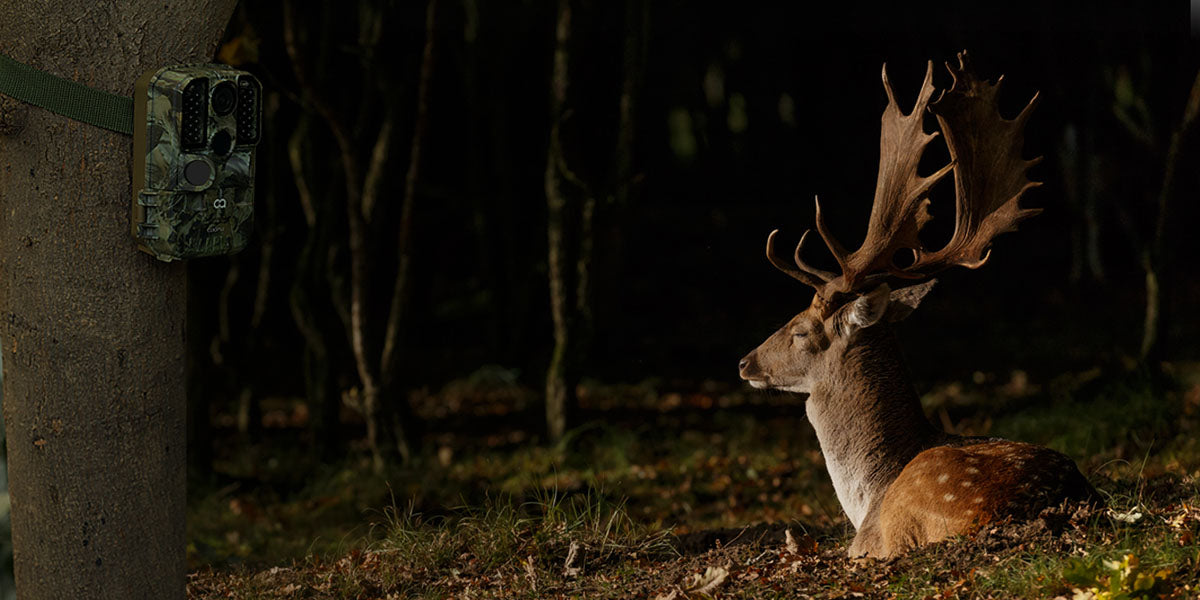
Five key features of trail cameras need to be considered:
-
Trigger Speed
-
Image/Video Quality
-
Flash
-
Storage
-
Battery
- Trigger Speed
The amount of time between moving and taking the picture is called the trigger speed. The trigger time will determine whether the animal is still in front of the camera when it is detected for image capture! It all depends on the quality of the camera, the trigger time can be as fast as 0.2 seconds or as slow as 1+ seconds. A good camera can trigger detection within 0.2 seconds so that fast-moving animals can be photographed. The trigger time may be slower when recording a video because it takes longer for the camera to "wake up" video recording systems than those used for the image. Therefore, if you want to record videos of fast-moving animals, you should choose a game camera with a fast trigger time.
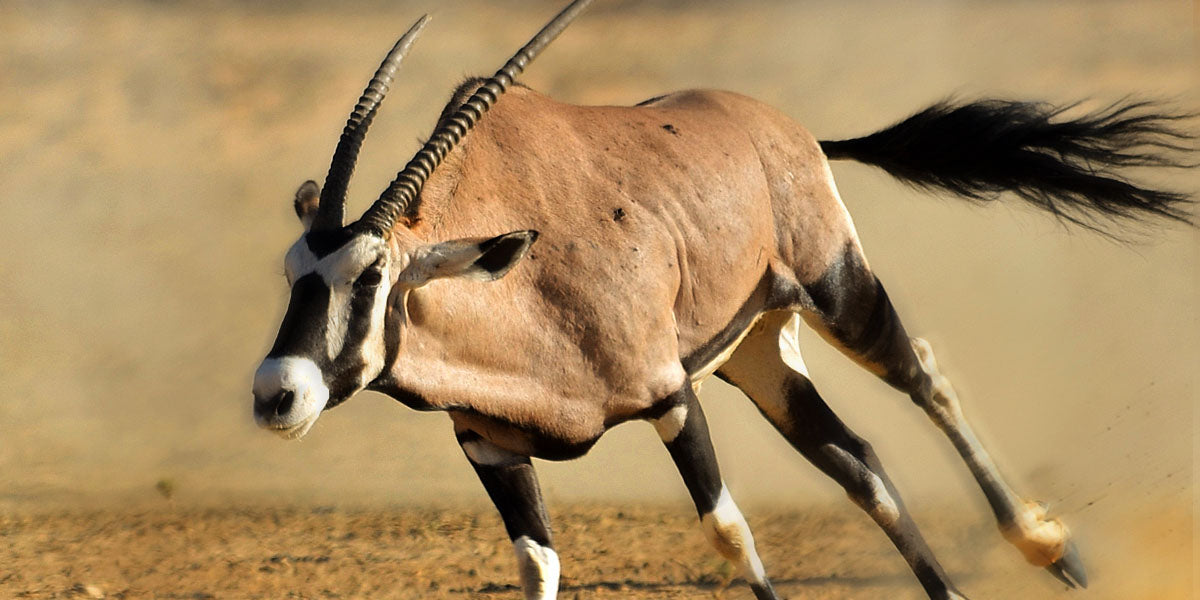
- Image/video quality
Like most cameras, the higher the resolution, the better the quality of images and videos. Megapixels can capture very beautiful photos and videos, and even the images taken in the dark are very clear. So please choose a scout camera with high resolution. But the disadvantage is that megapixels will cause you to run out of memory (SD card) faster.
- Flash
There are three types of flashes for hunting cameras: White light-like a traditional camera for taking color pictures/videos in the dark. But such flashes have become less and less.
"Red" or "low light" infrared; and "black" or "no-glow" infrared. So far, red infrared is the most popular because it does not scare the animals being photographed. Infrared flashes produce black-and-white images and are usually used only at night. The infrared light is located at the boundary and directly above the visible spectrum. So compared with white light flash, infrared flash is much less likely to disturb shy nocturnal animals. The wavelength of infrared light emitted by the LED array used in a standard low-emission flash is about 850 nm. Most cameras have lower sensitivity to 850 nm. Infrared lamps are better than white light lamps, but they can still produce high-quality images under such lighting conditions. The disadvantage of 850 nm infrared is that the eye can still see faint red light. So, it is best to use the infrared light emitted by the LED array at 940 nm. In addition to not interfering with the subject, the infrared flash is also useful for the security of the wildlife camera. This means that the camera is less likely to be stolen because its location will not be exposed by a bright flash in the middle of the night.
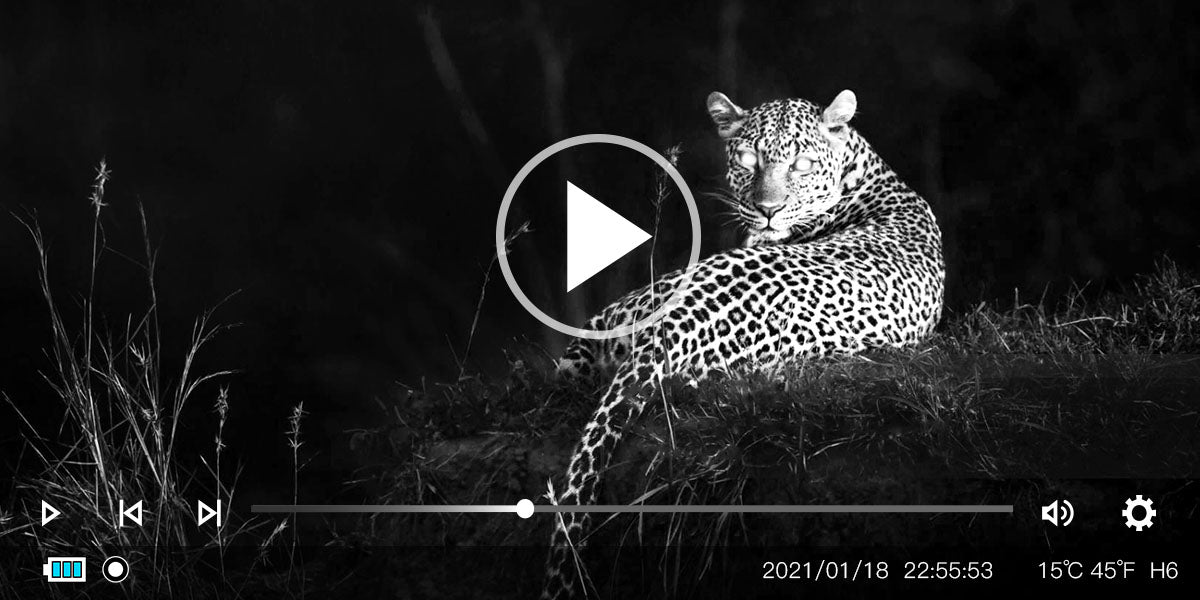
- Storage
All cameras store their images and videos on the SD card. We have already mentioned that if you plan to shoot a lot of videos, it will affect the SD card capacity. So you may choose the SD card with the largest capacity, but the premise is that you have to make sure in advance that the camera you want to buy has the largest capacity SD card. Secondly, the current SD card speed grades from low to high are 2, 4, 6, 8, and 10. The higher the number, the faster the memory card, but it usually costs more. However, if you choose a too low SD card, it will slow down the camera's triggering time and make it impossible to play the role of the camera. So if you plan to shoot a lot of videos, we recommend choosing a trap camera that supports a large-capacity SD card.
- Battery
Trail cameras are usually powered by a set of AA batteries in the camera housing. However, some models provide external power, such as a combination of external high-capacity rechargeable batteries or solar panels. Compared with AA batteries, this external power can significantly increase the life of the camera. However, most manufacturers do not recommend the use of rechargeable batteries, because their working voltage (1.2V) is lower than the original battery (1.5V) and cannot provide high current. This will cause performance degradation. Hunting cameras usually consume a lot of batteries, so 8 AA batteries are required, and some cameras require up to 12. So for most users, AA batteries are the most suitable!
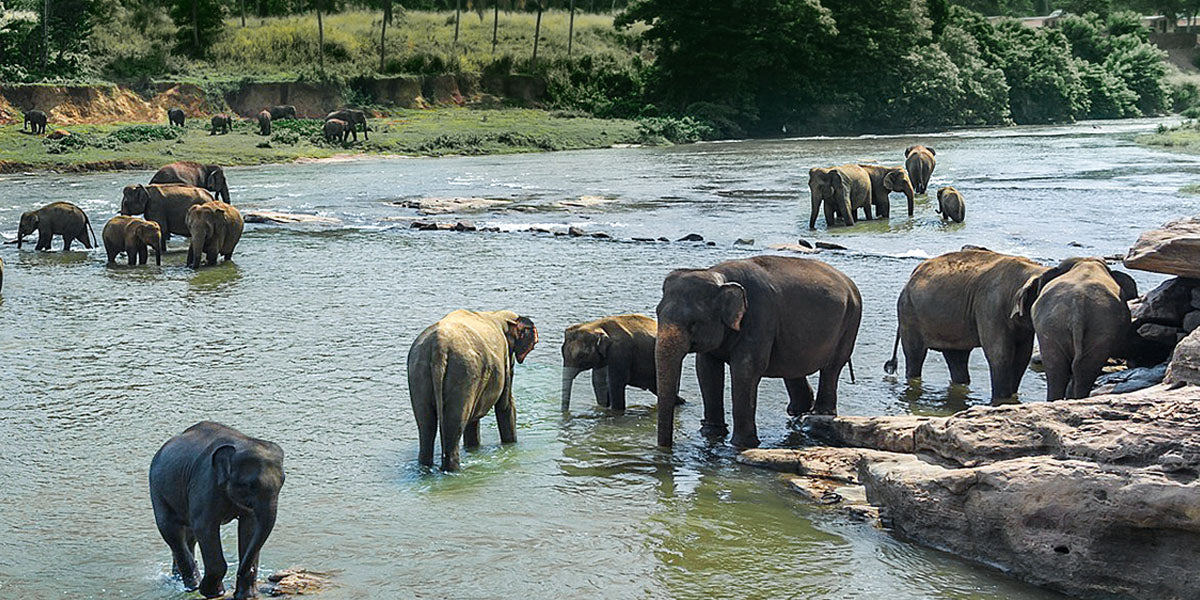
COOAU Trail Camera:
- 24MP Clearer Image + 1296P Video Resolution
- Close to 0.2 seconds Faster Trigger Speed
- WIFI Connection and APP Control
- 130° Wide Angle Lens + IP66 Waterproof Sturdy Device
- 3 PIR sensor head & CMOS sensor
- 38pcs infrared lamps (940nm)
- 65FT (20m) Distance of Night Vision
- Fully automatic IR filter
- 0" color TFT LCD Screen
- Password protection
- Power indicator
- Built-in ambient temperature test function
- Built-in microphone and speaker
- Mini USB2.0 interface
The above introduces the five functions that you need to consider before buying a trail camera. Hope this article can be helpful to you. At the same time, the COOAU hunting camera coming soon meets all the above key functions. The most important thing is that the price is very favorable! Stay tuned...
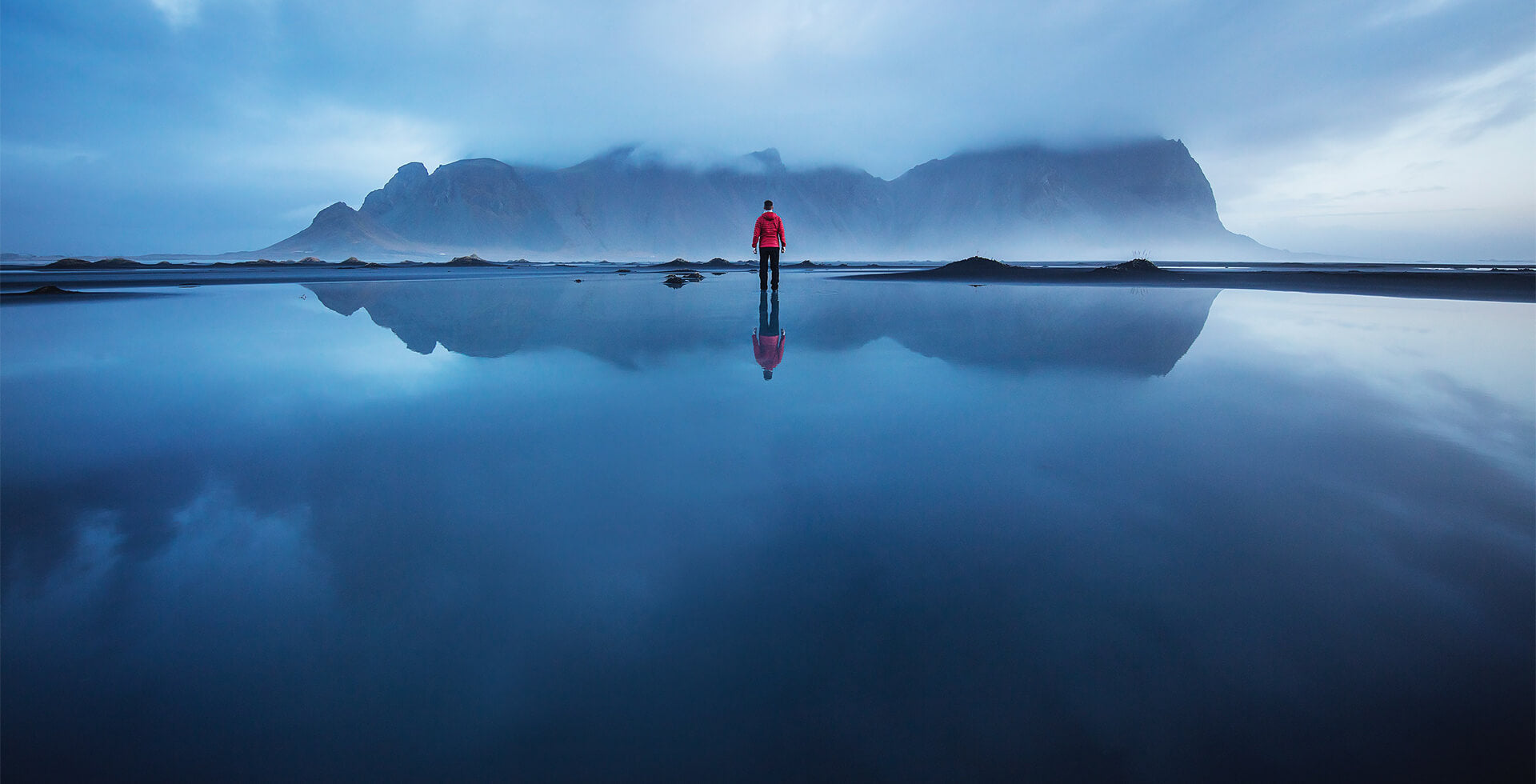 Skip to content
Skip to content






Leave a comment